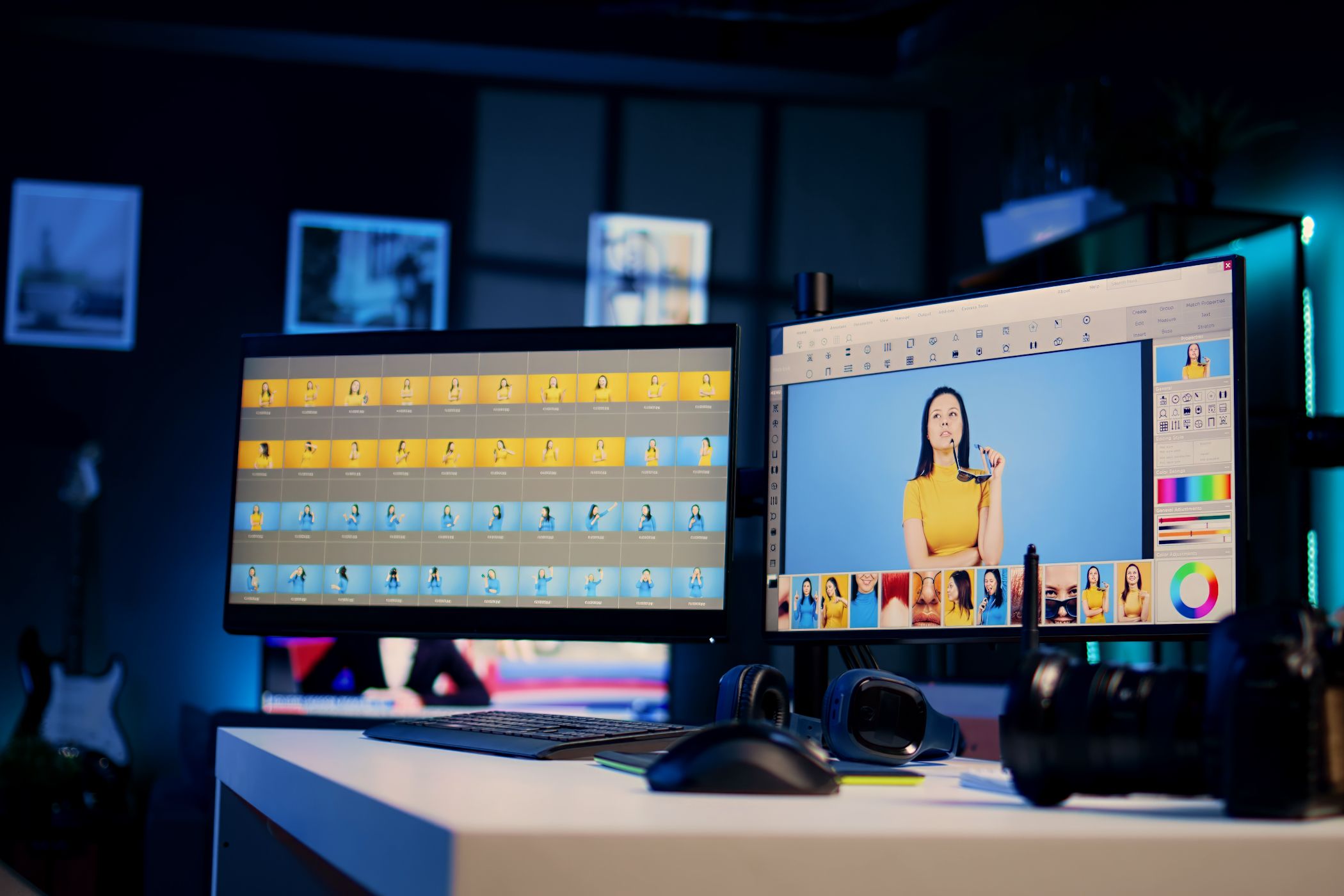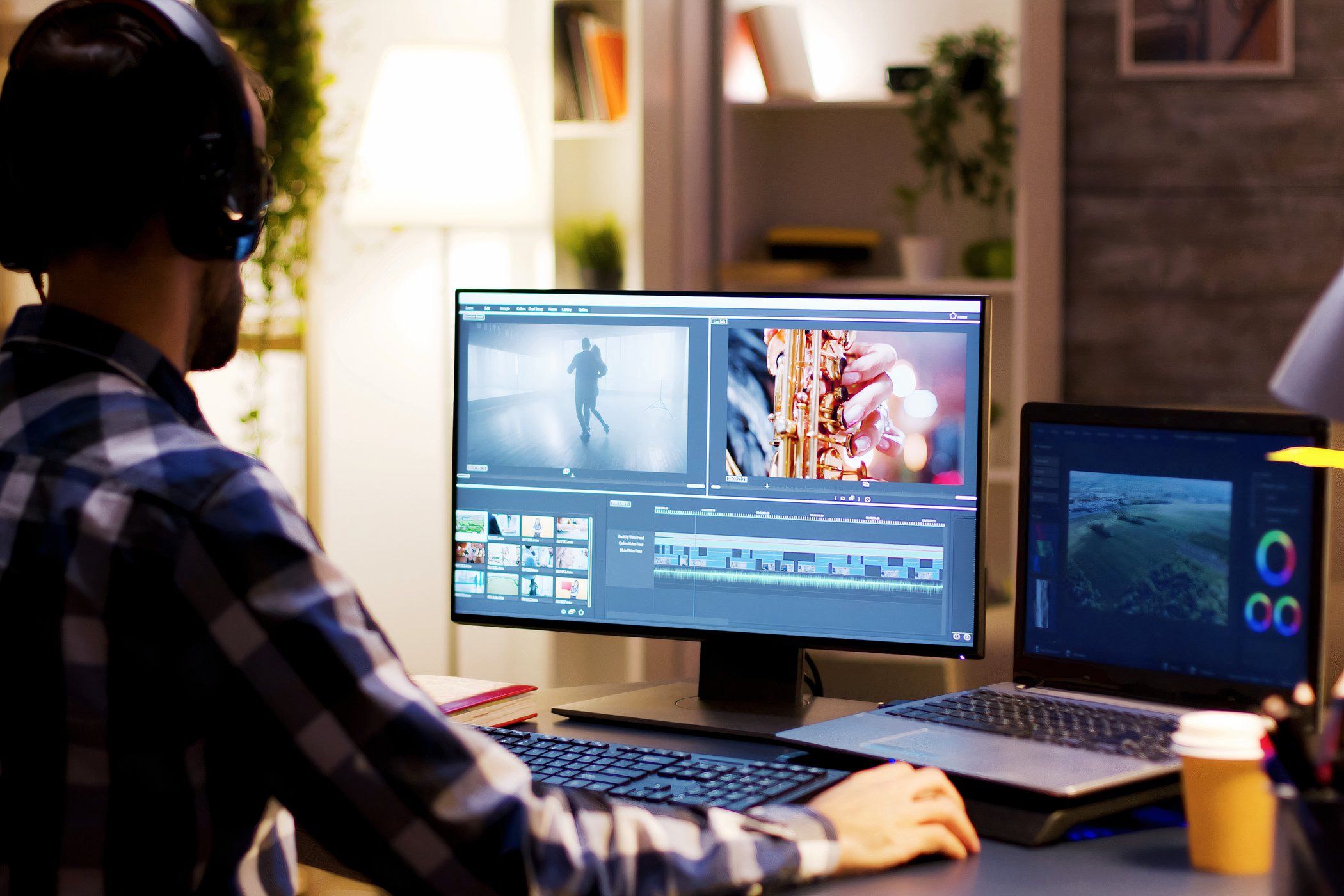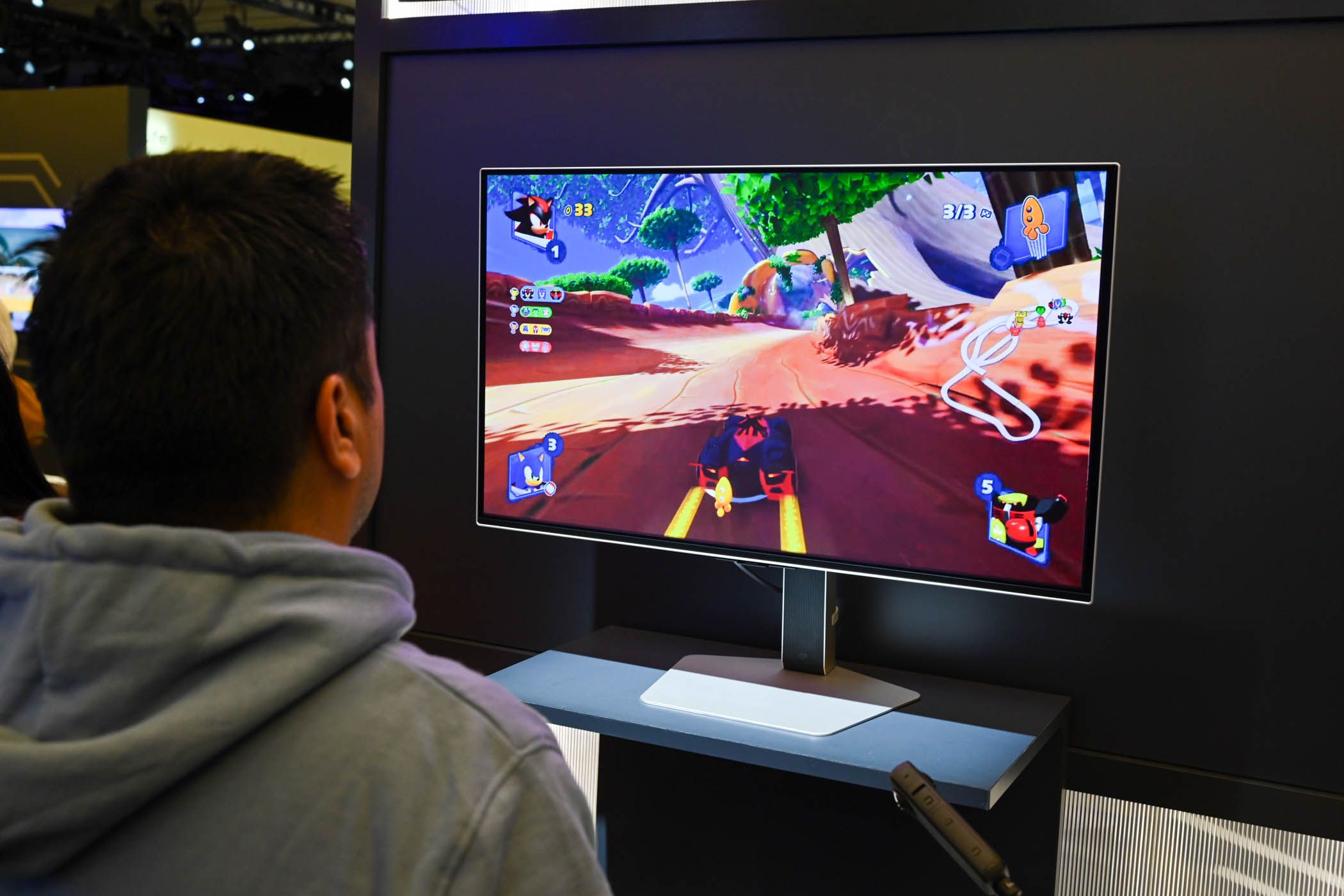I love crisp visuals and minimal setups, but finding a small 4K monitor these days feels like chasing a unicorn. Why did they disappear—and why do I still want one so badly?
The Disappearance of Small 4K Monitors
Once a vibrant category, small 4K monitors—those in the 21- to 24-inch range—seem to have quietly vanished from mainstream availability. As high-resolution display panels become more affordable, you’d think small 4K monitors would be readily available. But that’s not the case.
Search for a 4K monitor in that size range, and you’ll quickly realize that almost no options exist. In my search, I found LG’s 22-inch 22MD4KA-B monitor, first launched in 2017. The only recent one I could find is AG Neovo’s 24-inch EM2451 4K monitor. Portable 4K monitors are available in plenty, but they don’t suit me—I was looking for a standard monitor.
When you enter search terms like “24-inch 4K monitor” and “21-inch 4K monitor,” you’ll instead find plenty of 1080p (FHD) or 1440p (QHD) options. I was surprised at how easy it was to find 21- to 24-inch monitors with FHD resolution that offer over 100Hz refresh rate, compared to a simple one with a 4K panel.
So, what happened? It isn’t because companies can’t produce small 4K panels. If that were the case, we wouldn’t see portable 4K monitors with 24-inch panels or smaller. Or laptops launching with 4K displays like the HP Envy 17.3 and Razer Blade 18. The main reason is simply a lack of enough demand for standard 4K monitors in a small footprint.
Most consumers want a display that’s just good enough. They don’t work in industries that require a monitor with high pixel density to work best, like graphic design or video editing. If there were a substantial market for such monitors, you can be sure companies would be making tons of them.
Furthermore, the world is trending towards bigger items: bigger TVs, smartphones, cars—you name it. The same case applies to the monitor space, where we see increasingly larger panels each year, simply because that’s where the demand is.
Still, despite the push toward bigger, I want a small 4K monitor for these five reasons.
1. Better Fit for Multiscreen Setups
Currently, I use a single 27-inch 4K monitor in my work-from-home setup. However, if I needed to upgrade my setup with more screen real estate, I’d pick two smaller monitors (ideally 4K ones) rather than two large ones or a single ultra-wide monitor.

Related
Why I Ditched My Ultrawide Monitor Configuration for A Multi-Monitor Setup
I’ve used both extensively, and a dual-monitor setup is better than an ultrawide.
Thanks to their small footprint, two small monitors are easier to manage and provide far more flexibility in layout and positioning. Their compact size also means you can fit more of them on a standard desk without complex mounts or stands. It’s easy to set up dual monitors with HDMI, so you don’t need to worry about that.
2. Cost-Effective
Small 4K monitors will be more affordable than larger counterparts with similar specifications. Consider the LG UltraGear 4K monitor, for example. It comes in 27- and 32-inch sizes, with the 32-inch option costing nearly $100 more.
The monitor sports solid specs for its price—a 144Hz refresh rate, 1ms response time, HDMI 2.1, DisplayPort, and more—but it lacks a smaller-inch variant. If LG offered a 24-inch version with the same specs, it would undoubtedly be the most affordable option in the lineup.
3. Sharper Image Quality
For pixel peepers, the key advantage of cramming 4K resolution into a smaller screen is that it provides incredibly sharp visuals, thanks to the higher pixel density. High pixel density makes everything look better.
The text is sharper, images appear crisp and detailed, icons look more polished, and everything else is better. To put this into perspective, a 21-inch 4K monitor has around 210 pixels per inch (PPI). That’s almost the same as Apple’s premium Studio Display XDR, which has 218 PPI.
If you get a 27-inch 4K monitor, you won’t find such sharpness; forget about a 32-inch 4K one. Such sharpness is perfect for my needs and those who do tasks that involve fine details like photo editing, design, and programming.
4. Optimized for Small Spaces
Most of us don’t have endless space to spare in our homes or apartments. As a city dweller, I don’t have a massive space for my work setup. Instead, I have to optimize my setup for my limited space. A small monitor is perfect for that.
Sure, I can pick a 24-inch QHD monitor like the 24-inch BenQ RD240Q or 24.5-inch INNOCN 25G2S. However, neither fulfills my need for a small 4K monitor with a high PPI. Remember, failure to consider your needs is just one of the many mistakes to avoid when shopping for a monitor.
A small 4K monitor is the perfect option and would also fit perfectly in my small desk setup while leaving enough room for other essentials. It’s also easier to pair with a laptop in a space-saving setup without overwhelming the workspace.
5. Ergonomics and Comfort
Small monitors are more ergonomic than large screens. With a large monitor, your eyes and neck are in near-constant motion to scan from one side to the other, especially if you need to view content in the corners of the massive display.
For a small display size, it’s easier to position the monitor to make it easy and comfortable to view the entire display with less need for constant neck and eye movement. If your work involves sitting at a desk for hours like yours truly, then this can go a long way in reducing fatigue and improving productivity.
Small 4K monitors may not be in high demand, but their limited availability frustrates people like me who value sharp visuals in compact, ergonomic setups. They’re ideal for tight spaces, multitasking, and pixel-perfect work. Here’s hoping we see more in the future.










Leave a Comment
Your email address will not be published. Required fields are marked *